Hamstring Recovery Course
Want To Protect Your
Athletes' Hamstrings?
Get Free Access To The Athletes Authority Robust Hamstring System Designed To Minimise The Risk Of Hamstring Injuries In The Gym Setting.
Our Team Has Been Trusted By:


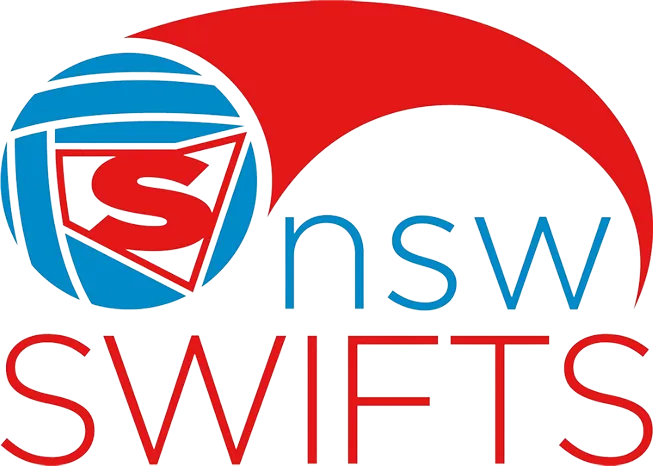











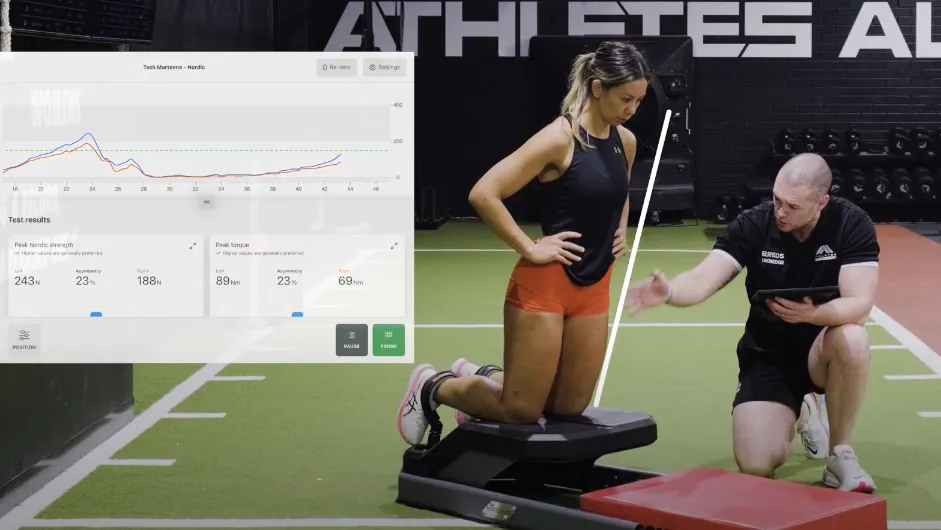
In This 90-Minute Video Course In Partnership With VALD Performance,
You’ll Discover:
Three different options to assess and retest using the Nordbord.
Common mistakes and errors from set-up to understanding data.
The three phase approach to Hamstring training - Distal, Proximal & Integrated and how to implement this seamlessly into your athletes training.
Over 20+ exercises demonstration to ensure you know exactly how to get the most out of each exercise.
How to use the Nordbord as a training tool to maximise it’s effectiveness in your program
our services
WHEN YOUR ATHLETICISM MATTERS TO YOU, OUR PROGRAMS HAVE YOU COVERED.
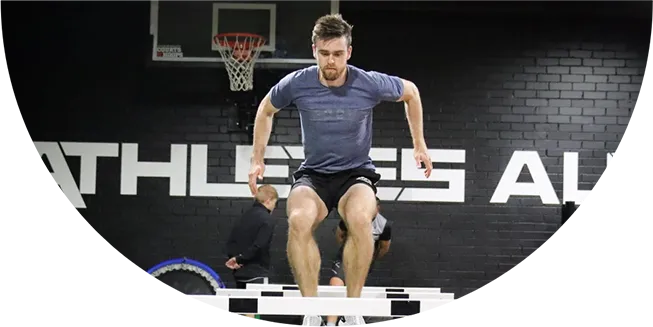
“For Athletes Who Are Hungry For A Competitive Edge”
Athlete Development Program
Improve Athleticism With A Strength & Conditioning Program That Guarantees Results (Or Your Money Back)
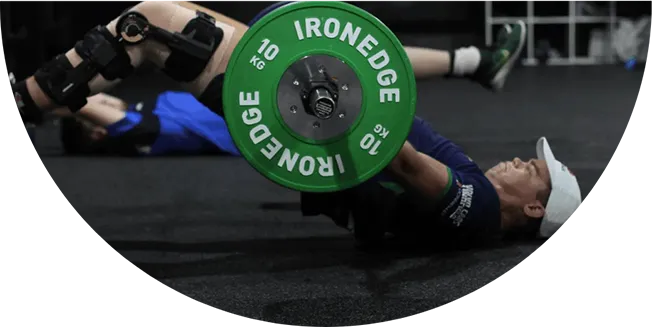
“For Athletes Who Want To Rehab Their Injury, For Good.”
Sports
Physio
Program
Return To Sport With Confidence And Get Back To Doing What You Love, Faster.

"For athletes seeking enhanced speed and agility in team sports."
Speed & Agility Training
Develop The Gift Of Speed And Get Noticed For Your Game-Changing Abilities On The Field Of Play

“For Sporting Parents Who Want To Set Up Their Kids For Success”
Emerging Athlete Program
Helping Sporting Parents Foster Their Kid's Potential & Set Them Up For Success.
Take a virtual tour of Our
strength & conditioning gym
WE BUILT A TRAINING & REHAB FACILITY THAT COULD BE AN ATHLETES’ HOME AWAY FROM HOME. WATCH THE VIDEO TO SEE FOR YOURSELF.
SYDNEY
melbourne
OUR PHILOSOPHY
While An Athlete's Goals May Change, The Pursuit Of Performance Never Ends.
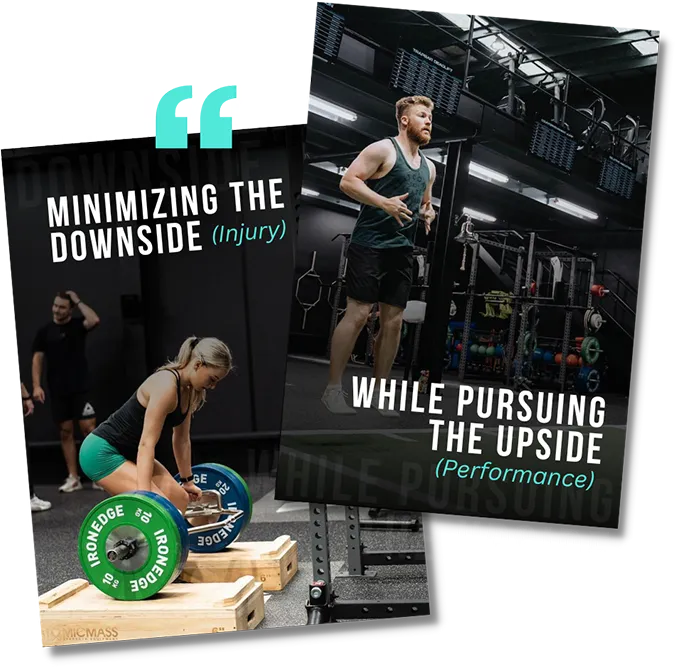
Athletes strive for two timeless objectives: raising their standards and winning. They constantly aim to surpass their previous achievements and believe in their ability to reach greater heights. Winning is an integral part of their DNA; they are driven by the desire to succeed. To attain such success, they must create a personalized GamePlan.
Our training system is built on the philosophy of "Minimizing the Downside (Injury) While Pursuing the Upside (Performance)." It empowers athletes at all stages to enhance their performance. Whether you're an amateur or an Olympian, our comprehensive approach combines in-person coaching with virtual and mobile support. Develop a resilient body and mindset for success with our expert guidance. Achieve more with our performance and rehabilitation programs.
350+
ATHLETES WHO TURNED PRO
450+
PRO ATHLETES COACHED
500+
5-STAR GOOGLE REVIEWS
IN THE NEWS
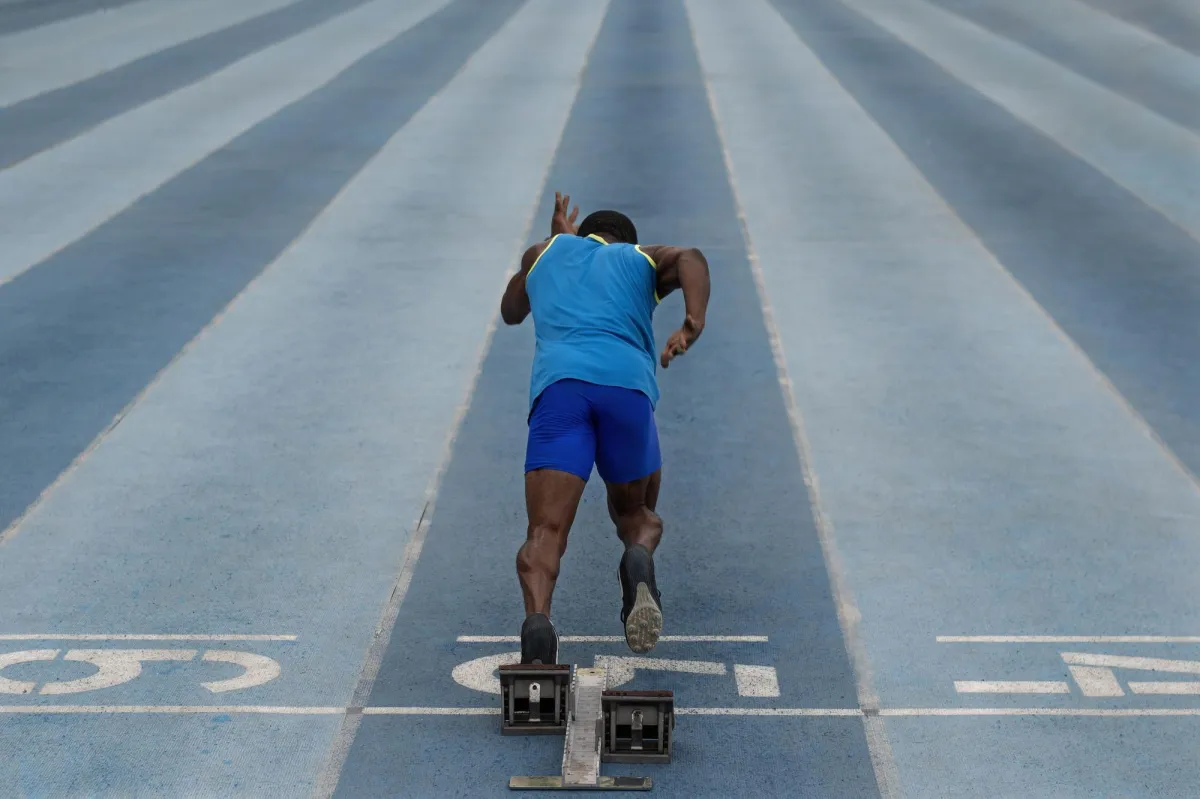
The Science Behind Speed and Agility: How to Train Smarter and Faster
Speed and agility are crucial components of athletic performance, especially for sports that require quick changes in direction, explosive movements, and rapid reactions. Whether you're sprinting down the field, weaving through defenders, or making split-second decisions, improving your speed and agility can give you a significant edge in your sport.
But how can athletes train smarter to enhance these skills? In this blog, we’ll explore the science behind speed and agility, as well as how to optimise your training for faster, more efficient results.
Understanding the Science of Speed and Agility
To improve your speed and agility, it's important to understand the key physiological processes that make these movements possible. Here's a breakdown of the science behind them:
1. Speed – The ability to move quickly over a distance, typically in a straight line, depends on various factors including muscle strength, power, and stride mechanics. The faster you can generate force in each step, the quicker you can move.
2. Agility – Agility is the ability to quickly change direction while maintaining control of your body. It relies heavily on neuromuscular coordination, balance, and the body's ability to decelerate and accelerate rapidly. A combination of strength, flexibility, and cognitive decision-making are key to mastering agility.
How to Train for Speed and Agility: Smart Training Techniques
Now that we know the science behind speed and agility, let’s dive into how you can train these skills more effectively. The goal is to use a mix of strength training, plyometrics, sprint drills, and mobility exercises to enhance your overall performance.
1. Strength Training for Power and Speed
Speed isn’t just about quick foot movement—it’s also about how much force your muscles can generate. Stronger muscles produce more power, which translates into faster, more explosive movements. Incorporating strength training into your routine, especially exercises like squats, lunges, and deadlifts, will increase the power in your legs and core, ultimately improving your sprinting speed.
2. Plyometric Training for Explosive Agility
Plyometric exercises—such as box jumps, jump squats, and lateral bounds—help build explosive power. These exercises enhance your ability to generate force quickly, which is crucial for both speed and agility. The fast, explosive movements in plyometric training mimic the rapid changes in direction and power required during sports performance.
3. Sprint Drills for Speed Development
Sprinting is a highly effective way to improve speed because it trains your body to move at maximum velocity. Start by incorporating short-distance sprints (10-40 meters) with full recovery between sets. This will help develop the fast-twitch muscle fibers, responsible for rapid acceleration and high-speed movement. Focus on perfecting your form—like proper arm swing and stride length—to ensure you're moving as efficiently as possible.
4. Agility Drills for Quick Directional Changes
Agility drills are essential for improving your body’s ability to change direction swiftly. Exercises like cone drills, ladder drills, and shuttle runs are excellent for training the neuromuscular system and improving coordination. These drills also work on reaction time, teaching your body to respond quickly to external stimuli.
5. Mobility and Flexibility Work
Flexibility and mobility play a big role in improving your agility. Tight muscles can restrict your range of motion, making it harder to change directions quickly or reach your full stride length. Incorporating dynamic stretching and mobility exercises, such as hip openers and ankle mobility drills, will help keep your muscles and joints supple, reducing the risk of injury and improving your speed.
The Role of Recovery in Speed and Agility Training
Training for speed and agility is intense, and recovery is just as important as the training itself. Without proper rest, your muscles won’t have time to repair and grow stronger, which can hinder performance gains. Ensure you get plenty of sleep, stay hydrated, and incorporate active recovery days (such as light jogging or stretching) to allow your muscles to rebuild.
Conclusion: Train Smarter, Not Harder
The science behind speed and agility is rooted in the development of muscle power, neuromuscular coordination, and mobility. By training smarter and focusing on strength, explosive movements, sprinting, and agility drills, athletes can see significant improvements in both their speed and agility.
At Athletes Authority, we specialise in helping athletes optimise their performance through scientifically-backed training methods. Ready to take your speed and agility to the next level? Contact us today to learn more about our personalized training programs designed to make you faster, more agile, and stronger than ever!
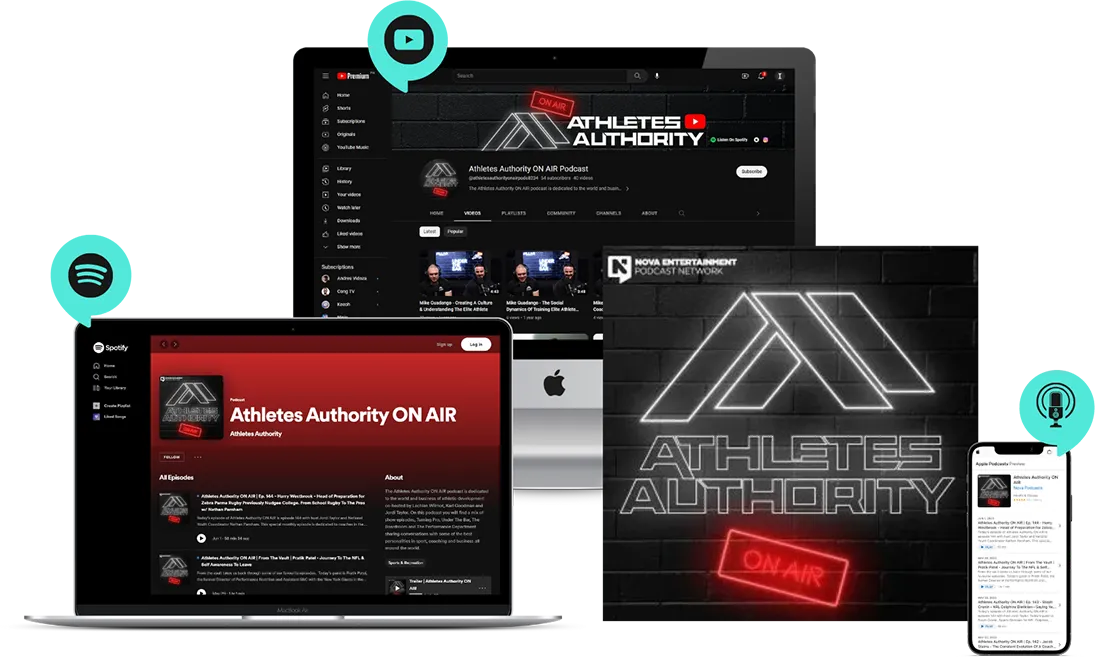
LISTEN TO THE PODCAST
Athletes authority on air
The Podcast that interviews the leaders in the Strength & Conditioning Community.
MELBOURNE LOCATION
SYDNEY LOCATION
© 2023, Athletes Authority | All Rights Reserved
Website & Marketing Powered By Gymini
































